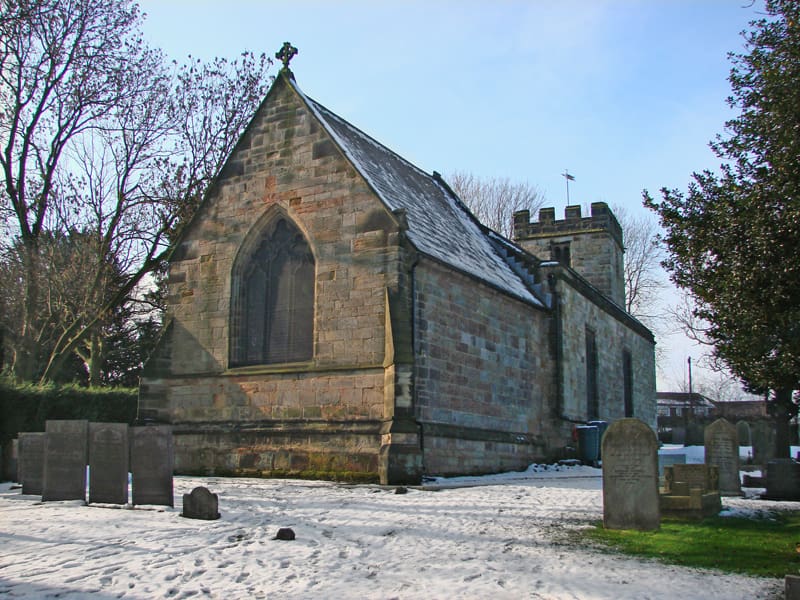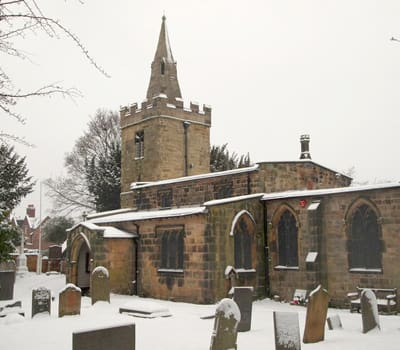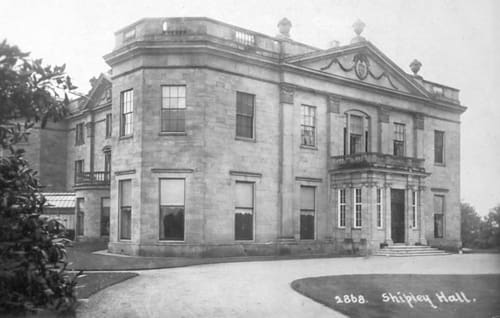Just over the border into Nottinghamshire is the village of Trowell, which is probably most famous for being the Festival of Britain Village in 1951. The village is believed to have Saxon origins, and had a population of around 50, with four manors and a church, by 1066.
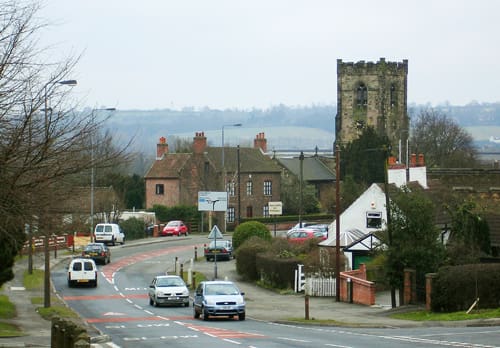
With the Enclosure of Trowell in 1735, the enclosed lands were divided into 9 main farms: Spring Farm, Moor Farm, Swancar Farm, Uplands Farm, Shortwood, Field House, Church Farm, Rectory and Holly Hurst with the main landowner being the Lords Middleton who remained the owners until 1925 when the estate was sold. Many of the original farm buildings are still standing, for example Rectory Farm at the top of Stapleford Road, Church Farm next to the Festival Inn and Swancar Farm along Trowell Moor although most have a different use today. Other buildings to note are the workhouse (a private residence) along Trowell Moor, a WW2 pillbox in a field off Trowell Moor and the Church of St Helen. A church is believed to have been on this site since Saxon times, but the present church is believed to be thirteenth century. One interesting point about the church is its clock. Bought by Mr S.P Derbyshire, who is buried in the churchyard, in 1927, the clock had previously been sited in the frontage of the old Nottingham Exchange in the Old Market Square (demolished to form the site of the Council House) and was gifted to Trowell in memory of Mr Derbyshire’s grandparents.
Despite having four public houses in 1675, at the time of the Festival of Britain Trowell did not have a public house – the village had been “dry” since 1870. However, in 1950, plans were submitted to build a licensed premises and eventually on 9th March 1956 the Festival Inn was opened. The current building has been much changed from the original building.
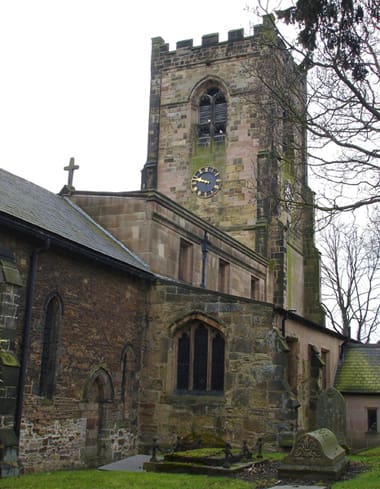
One of the striking things about Trowell is its transport connections, sandwiched as it is between the Erewash and Nottingham Canals, also with the railways and M1 cutting through the village. The Nottingham Canal stretching from the River Trent in Nottingham to the Langley Mill basin was opened in 1796 to move coal from Lord Middleton’s pits at Wollaton, Bilborough and Trowell and other minerals from the Cromford canal to Nottingham. Instead of coming back empty the boats would contain ‘night soil’ (human waste) from Nottingham for use on the farms. It ceased to be used for commercial traffic after 1928 and other traffic after 1937.
The Erewash Canal, stretching from the River Trent at Sawley through to Langley Mill, was completed in 1779, and was also built to transport coal. It was probably more successful in this than many of its contemporaries with its last commercial load being delivered in 1952. The canal is still navigable thanks to the Erewash Canal Preservation and Development Association which was formed in 1968.
Operated by the Midland Railway Company, the Erewash Valley main line came into operation on 6th September 1847. There was no station at Trowell until 1884; prior to that passengers had to use either Stapleford or from around 1850 Stanton Gate. When the line was laid a level crossing was provided as there was a public right of way from Trowell to Hallam Fields. Generations of Trowell people employed at Stanton would use this path to get to work; it is known locally as “Boards”. Improvements were made to the path in the late 1920s/early 1930s as it was liable to flooding and it is believed to have been raised to its current height then. Trowell station closed in the late 1960s as part of the ‘Beeching’ cuts.
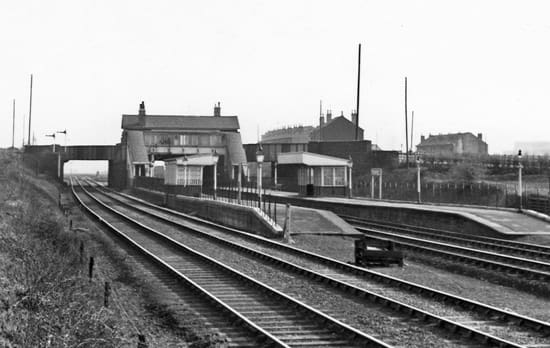
Nearby Stanton Ironworks were not the only industry to make its impact on Trowell. From as early as the fifteenth century coal was extracted, most commonly by bell-pits especially along Trowell Moor. Sanderson’s Map of 1835 shows a colliery on Trowell Moor near to Spring Farm. Later another mine was sunk, at the back of what is now Trowell Grove, in 1879. A small brick building used for storing explosives by the mining company is the only existing building and is sited in the smallholding/allotments. Coal production was finished in 1928.
Trowell as the ‘Festival of Britain Village’ in 1951 was a controversial choice which attracted hostile questions in the Houses of Parliament, but the decision was defended by Herbert Morrison, chief architect of the Festival, who described Trowell as a place “whose effort to produce a worthy contribution to the Festival typified the spirit of such endeavours”. The Rector, the Reverend J.A. Barber, in his successful application said that Trowell was “the type of English village where the old rural life is passing away and where an industrial community has been superimposed”. To celebrate the Festival, like many towns and villages across the country, Trowell arranged events such as a gymkhana, cricket match and concerts. Subsequent events have been held to mark the silver jubilee, 50 and 60 years of the Festival.
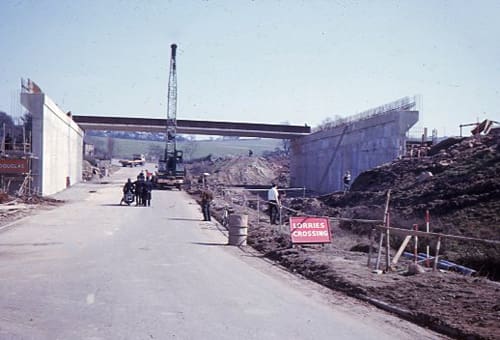
In August 1964 the stretch of the M1 motorway between Stanton-by-Dale and Nuthall was given the go-ahead. This section of the motorway was opened on 25th August 1966, having 21 bridges to cross the canals, river and railways. Just over 6 months later the motorway services known as ‘Trowell’ were opened.

